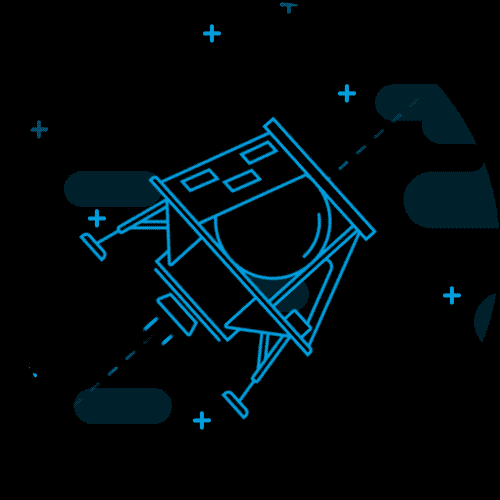Team Indus
Website design in the age of aerospace
Project overview
Team Indus is a private aerospace company sown and grown in my home country, India. During my time at the design studio Parallel Labs, I led the design for a brand new responsive (and highly interactive) website. What resulted was a rich visual experience combining storytelling and a crowdfunding campaign to gain additional support for the space mission. The process involved collaboration with the organization’s scientists, marketing and operation teams and the design and development team at Parallel Labs.



















